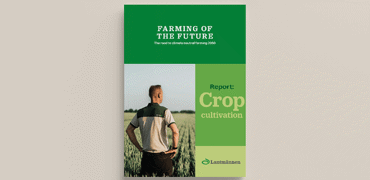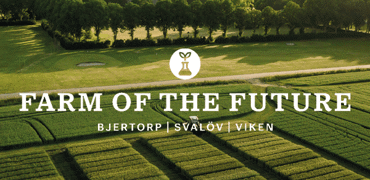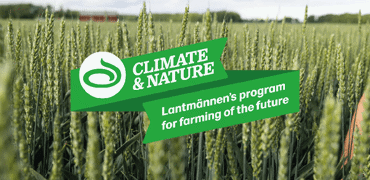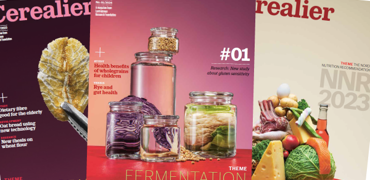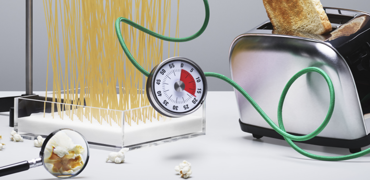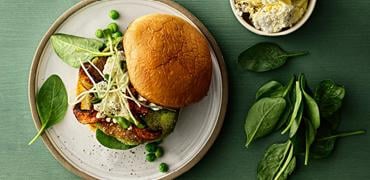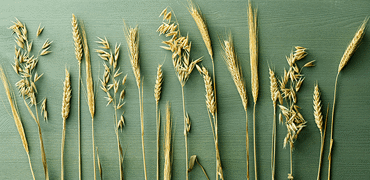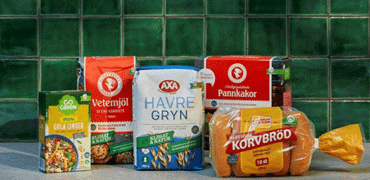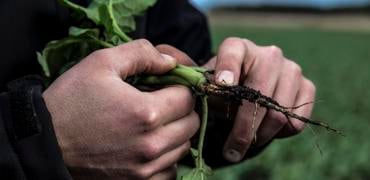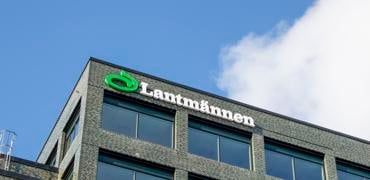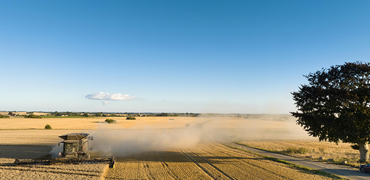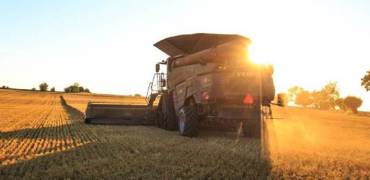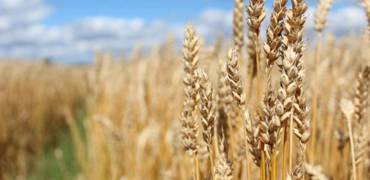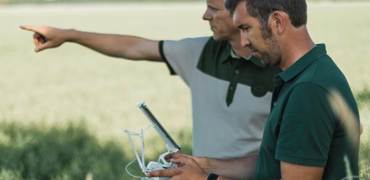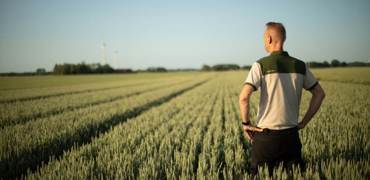In Finland, the concept of “fresh bread” has fundamentally been about baking and delivering bread all in the same day. To uphold this perception and customer expectations on high service level, bakeries are over-producing – a business standard that has created waste. But not for Lantmännen Unibake anymore. Six days a week, multiple trucks distribute Lantmännen Unibake’s fresh bread to more than 3 000 locations across Finland together with its competitors. Anything that isn’t delivered the day of, stays on the line, and goes out for delivery the following day. The freshness of the bread? Equally fresh.
Minna Cousins, Director of Business Operations for the Fresh Business Finland in Unibake says that it’s a constant evaluation to produce products that are not in vain: “By finding efficiencies, and finding the non-efficiencies in our pipeline, we can make a big difference in how much waste we generate. A key driver for us is to really cut out those things that will end up in the bin along the entire value chain.”

The secret sauce
Although you might assume that there have been major changes to the recipe or packaging, that is not the case. The secret to their success lies almost entirely in playing around with the baking process itself. In doing so, they’ve enabled a production of bread that remains fresh for at least an additional two days, and some more.
“Compared to July and August last year, we are baking 80% less rye bread waste. We are also implementing the two-day deliveries with our other bread categories and can already see results,” Maija Kauppi, Innovation Manager at the Fresh Business Area in Unibake says.

A big game changer for the team has been to be early adopters of new technology – even before they’re commercialized – and following up often, keeping a tight collaboration with their raw material suppliers. Long-term, the changes have proven profitable results.
“Being more sustainable actually gave us more to our bottom line,” says Minna. Maija nods and explains that they’re always looking at the product recipes to see how they can do things more cost-efficiently and says, “We need to better understand the circular economy and the business cases there to understand how to build that kind of cooperation and co-creation.”
Trials and tribulations
It certainly isn’t the first time that the division attempts to achieve these results. “A big challenge for me was convincing the organization internally, and then the other part was convincing the customers that nothing changes. The results have been amazing,” says Minna.
When buying a pack of bread, most will look at the best-by-date to determine how many days it will stay fresh. With Lantmännen Unibake’s improved fresh rye bread, that same consumer will grab the bread pack and squeeze it – if it feels fresh, it’s perceived as fresh. “Because it is fresh on the shelf, for more than three days or five days, they don’t see the difference, and fresh bread is still fresh – even though it isn’t delivered that particular day,” Minna continues.
After years of testing and struggling to keep the large amounts of rye portion breads that they produced on the same volume level, they’re finally seeing all the hard work pay off. In fact, people are getting to love the rye portion bread again.






